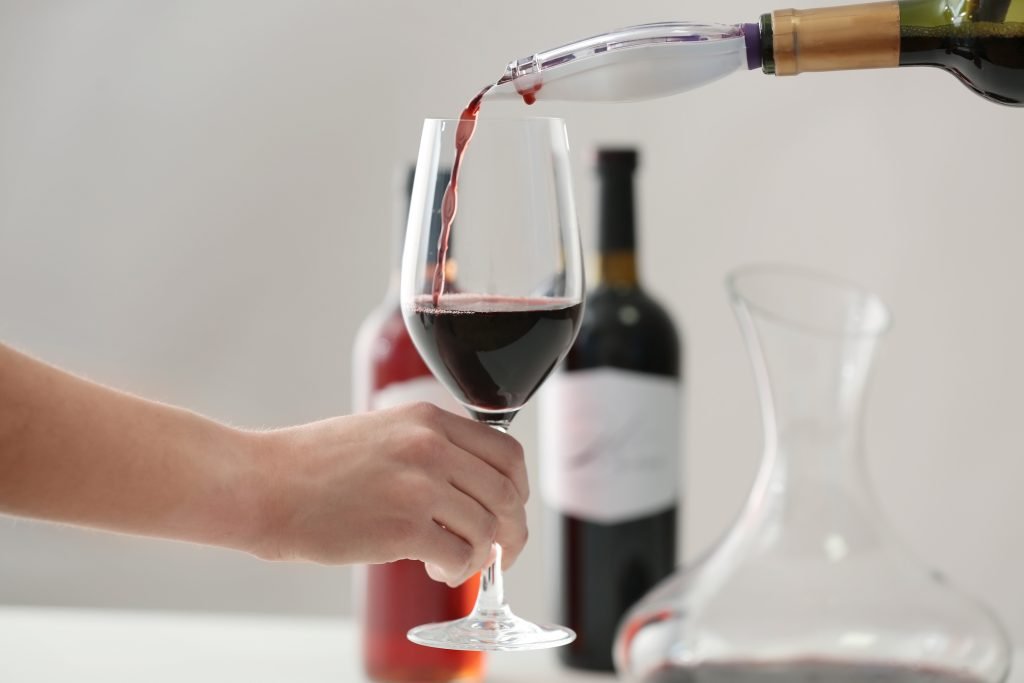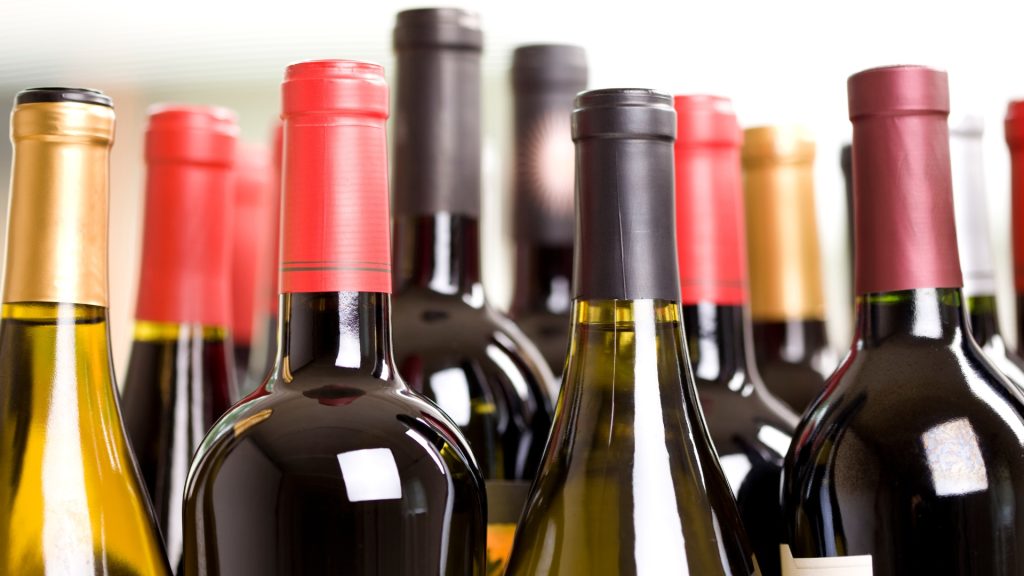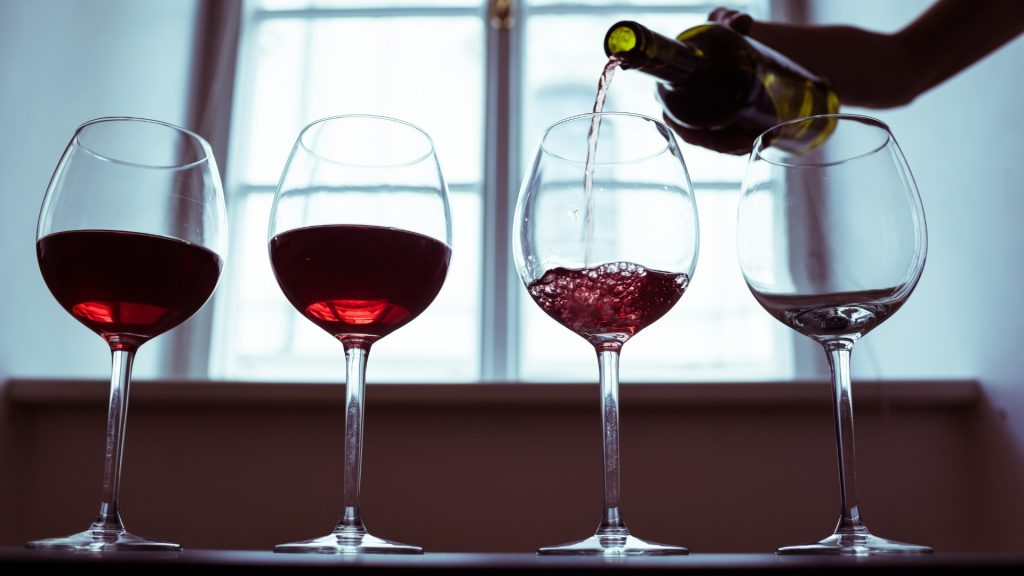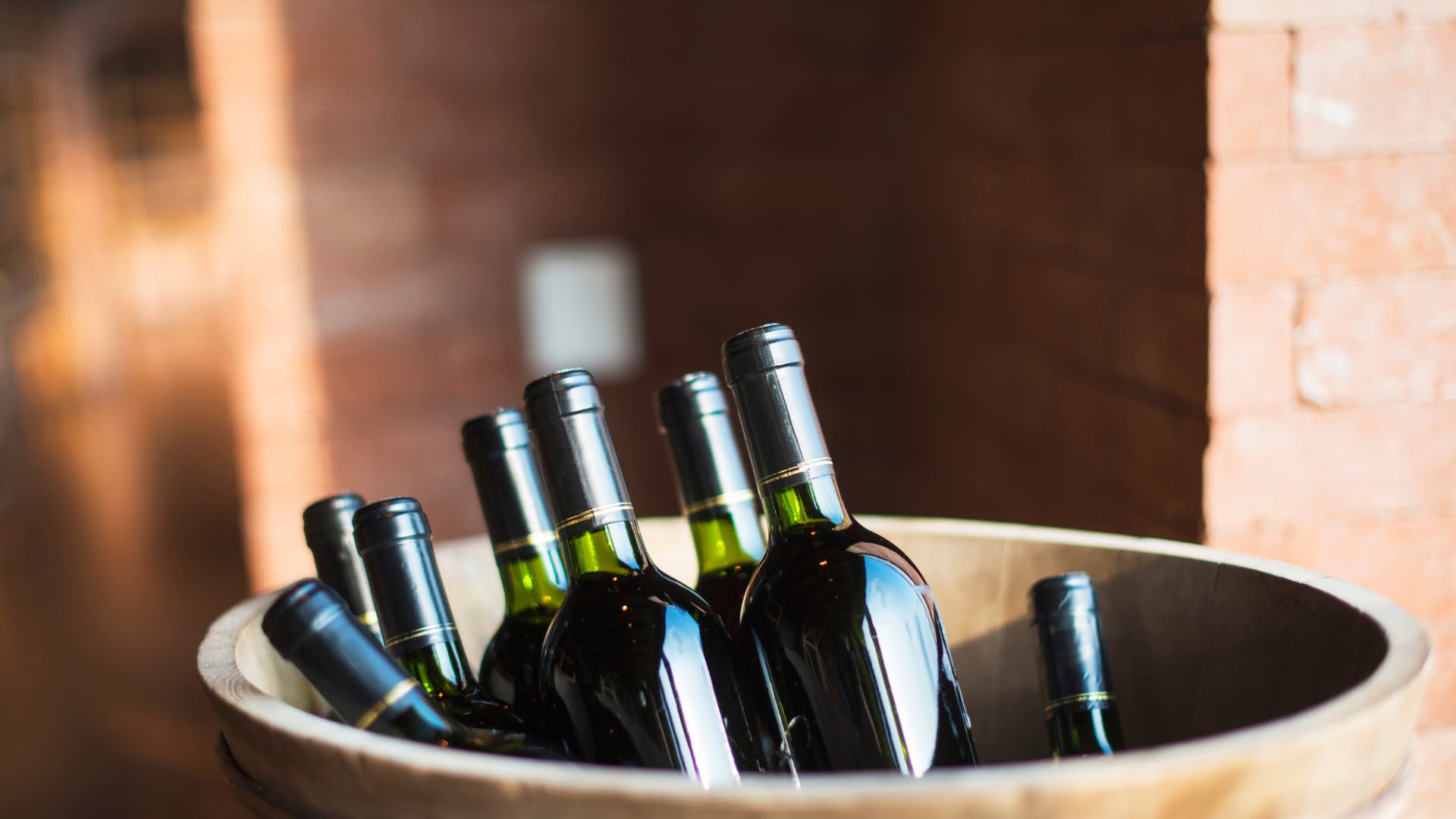Major wine-producing countries are facing sales declines that could be catastrophic for the industry. Because of de-alcoholized wine? Because of overproduction? Because of the bottle shortage? Let’s see what else is tormenting today’s wine industry.
Where wine consumption is trending
In a market where non-alcoholic wine is becoming more and more the star. Where wines with all kinds of extracts (lavender, fruit, herbs) are gaining ground through novelty. Where sustainability leads to wine being packaged in cardboard bottles or aluminum cans ("whatever", is recyclable that is).
There is a tendency for classic wine consumers to go for new niches. "If I’m going to drink a little, at least drink something that not everyone drinks." This may be the source of the success of wines from countries "not seen" so far widely in the world’s wine market, such as Romania. Here is the success of the Republic of Moldova, India, and Bulgaria.
The United States remains the largest consumer of wine in the world. Because they consume wine out of inertia and European wine is still, for them, a way to show their emancipation. It is where we can enter with Romanian wines much more quickly than in virgin markets, where we think we go to show them wine as if they had just discovered fire. These markets, in the context of the globalization of recycling trends, sustainability, and decreasing alcohol consumption, are more likely to never fully open and our efforts would be lost since the beginning.
We spend our promotional money to take our wines to Asia, to the Far East, to Japan. When it would be easier to make a little more effort to win back America. The Romanian Diaspora in America is much more wealthy and "homesick" than the people who don’t know us in Asian countries.
A revival of the local grapevine varieties and their presentation to American consumers, all the more so as communication is more readily available in English, would open up new opportunities for Romanian wine exports. The same goes for the use of wine grape varieties created by Romanian research, which can rival these PIWI varieties that are becoming increasingly appreciated by the wine world.
Major wine-producing countries such as France are facing a crisis of over-production and are distilling huge quantities of wine, turning it into alcohol for sanitary use. Recent pandemics, wars, natural disasters, and earthquakes, all of which have resulted in casualties, bring to mind the need for disinfectants, but is this the future of wine?

The global context of wine production
Is anyone in the Romanian wine industry interested in studies on the effect of greenhouse gases – GHG? Has anyone calculated the water consumption to produce a liter of Romanian wine? Did you know that there are studies that have determined how much water is consumed for each unit of man-made product? That 20,000 liters of water are used to make one kilogram of chocolate? That it has even been calculated how much water is used to produce one kilogram of farmed trout!
In viticulture, we learn from long-ago textbooks that grapevines consume 60-70 liters of water per year. This information is totally insufficient today because this is not how we should relate. Studies show that one liter of wine consumes 800 liters of water, which includes, in addition to the water absorbed by the roots, evapotranspiration, water from precipitation, water used for phytosanitary treatments and in winemaking, and even the water needed to wash the laboratory equipment used to determine wine parameters.
Does it interest anyone here that every winery with wine tourism claims should have the possibility to be accessed by people with disabilities? There is currently an extremely fast current and real competition, in equipping wineries that also offer tourist services, with wheelchair access ramps and hiring staff who can also communicate with the visually or hearing impaired. Well… we still don’t know exactly how many Romanian wineries offer wine tourism…
There is an increasing emphasis on drinking wine in situ, at wine cellars, in vineyards, in the most picturesque natural landscapes. Studies are being carried out and the results are astonishing. Man is a living being who also feeds on emotions. This is what sets us apart from other mammals and makes us superior.
Wine tasting in exceptional scenery brings benefits to the winery, to the guest, and to the wine industry in general. The implementation of artistic events is a new chance given to wine, which, in ancient times, was not so far removed from such events. Without making a mockery of it, today’s wine festivals are just called that, because the very name of the festival takes you back to the fiesta, the celebration, the party with music, dance, and arts.
Did you know that by 2030 there is a risk of nearly 30,000 species of plants and animals disappearing from Earth? Biodiversity and its preservation, including in vineyards, is still one of the hot topics being discussed worldwide today. How can we have picturesque landscapes in which to taste wines, when we are destroying and neglecting the places we pass through?


Romania – a model solution for the future of wine consumption
Let’s take a look at the success of small, boutique wineries that make a little wine and offer it to consumers on-site in intimate and picturesque surroundings. Let’s extrapolate this image to that of the whole world.
Romania can be considered a boutique winery, with original wines, beautiful landscapes, a culture recognized worldwide by the values given over time, with charming people renowned for their hospitality. Our success lies in bringing consumers to drink our wines here, in our small country, but so offering everything it can show the world.
We are one of the countries with the easiest and best internet on the planet and undeniably with some of the most skilled and qualified computer professionals. We could take advantage of these strengths, all the more so as the new generation of wine consumers is so entrenched in the digital world.
If we ask the questions correctly, we learn the correct answers from them. For whom do we produce Romanian wine? Why did we start producing more and more Premium wine? Who is the consumer – the target we address with our wine?
Let’s start from the winery and extend these questions to the entire wine sector, leaving no one aside, not even the winegrowers, who in these days of still cold winter, prepare the next harvest, with scissors in hand and heart in the vineyard. As a tribute to their almost unnoticed work, the "The Best Grapevine Pruner from Romania – 2023" competition puts one more pillar in building a country wine brand for Romania.







